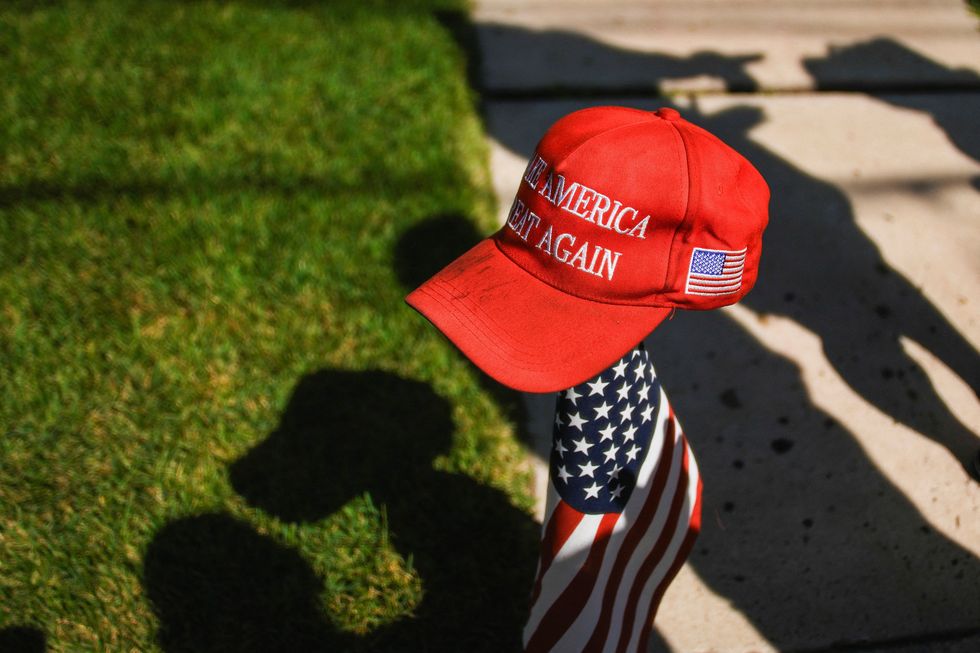The political movement associated with former President Donald Trump, commonly known as MAGA (Make America Great Again), is currently facing significant challenges. Internal conflicts among its supporters and the pressures of a struggling economy are contributing to what many commentators view as a gradual unraveling of the movement.
Discontent is rising within MAGA ranks as factions emerge, each vying for dominance over the narrative of what it means to represent “America First.” This turmoil is compounded by economic instability, which has historically been detrimental to the party’s base. Many blue-collar Republican voters have prioritized social issues over economic stability, but this balance is now shifting due to declining market conditions.
The once strong ties that bound the MAGA movement are fraying, as supporters find themselves grappling with conflicting ideologies. Some individuals within the movement have embraced extreme views, with figures like Nick Fuentes gaining traction among younger supporters. This has raised concerns about the direction of MAGA and its potential to alienate moderate voters.
As the movement’s foundational principles appear to crumble, it has become increasingly evident that MAGA was never built to last. Critics argue that its primary goal was to dismantle existing structures rather than create a sustainable political platform. This has left its supporters questioning the movement’s future amid economic turmoil, which is worsened by rising inflation and stagnant wages.
The ongoing legal issues surrounding Trump further complicate the situation. His connections to Jeffrey Epstein have resurfaced in public discourse, creating a narrative that some MAGA supporters struggle to reconcile. Previous scandals, such as the E. Jean Carroll case, have also raised questions about Trump’s integrity, yet many supporters remain steadfast, unwilling to confront these uncomfortable truths.
Despite these challenges, Trump’s influence within the party remains significant. His ability to connect with his base, even amidst scandals, demonstrates the loyalty he commands among many MAGA supporters. Nevertheless, this loyalty may be tested as economic pressures mount and internal conflicts intensify.
Looking ahead, the future of the MAGA movement appears uncertain. Analysts suggest that the combination of a troubled economy, internal divisions, and the burden of Trump’s controversies may lead to a significant transformation within the Republican Party. The potential for the movement to evolve or collapse under these pressures will depend largely on how its leaders and supporters respond to the current landscape.
As the situation develops, it is clear that the MAGA movement is at a crossroads. While its decline may seem inevitable, the potential for further strife remains. Many observers believe that the next steps taken by both Trump and his supporters will be critical in determining whether MAGA can adapt to the changing political climate or if it will fade into obscurity.
The focus now shifts to how the Republican Party will manage the fallout from these challenges. As internal conflicts escalate and economic conditions worsen, the path forward will require strategic decision-making to retain support and navigate the evolving political landscape. The coming months will likely reveal whether MAGA can regroup or whether the movement’s decline will continue unabated.







